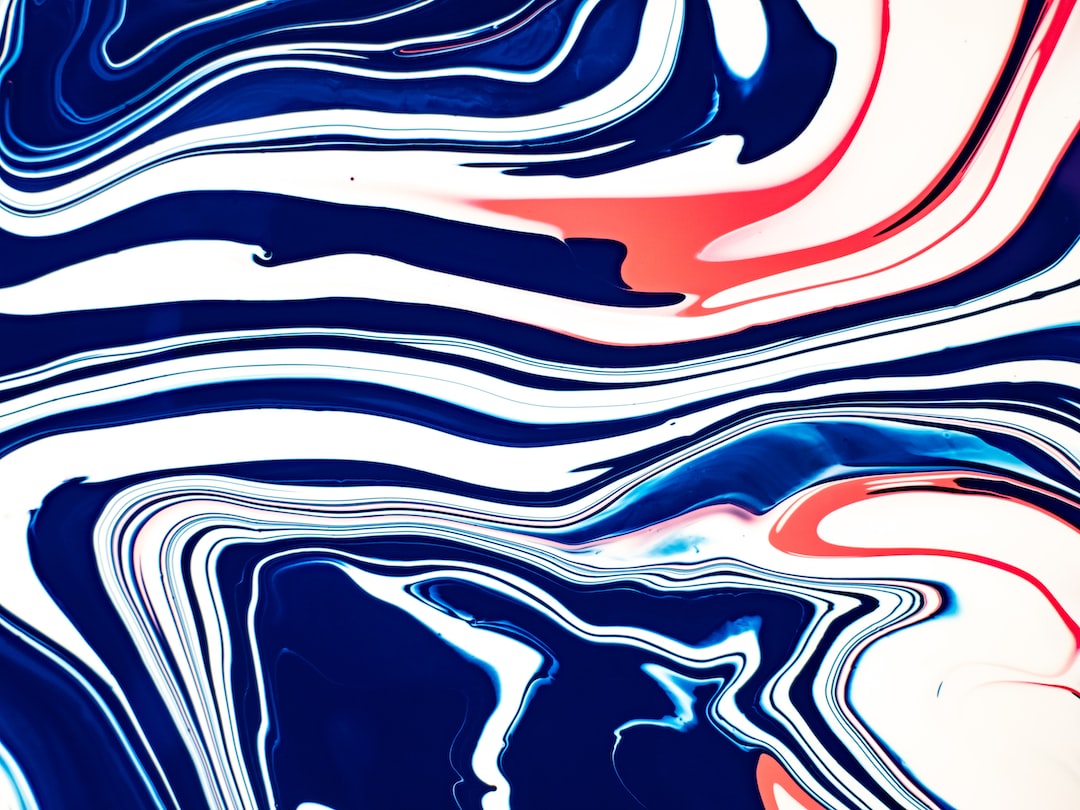The Rise of Street Art: From Graffiti to Gallery
Street art has come a long way from its origins as graffiti on city walls. What was once considered vandalism is now recognized as a legitimate form of artistic expression, drawing attention from art enthusiasts and collectors worldwide. This evolution, from the streets to the gallery, has not only impacted the art world but also challenged traditional notions of what art is and where it belongs.
The roots of street art can be traced back to the 1960s when graffiti began to emerge as a form of self-expression amongst marginalized groups, particularly in urban areas. Back then, it was seen as a rebellious act, a way to reclaim public spaces and challenge the status quo. These early graffiti artists used walls, trains, and any available surfaces as their canvas, often employing vibrant colors and bold lettering to convey their messages.
Fast forward to the present, street art has transcended its countercultural origins and is now regarded as an important art movement. Artists like Banksy, Shepard Fairey, and Invader have gained international recognition for their captivating works that blur the line between art and activism. Their pieces often tackle social and political issues, raising awareness and provoking thought through their powerful imagery.
One of the reasons behind the rise of street art is its accessibility. Unlike traditional art forms that are often confined within museums and galleries, street art is for everyone to see. It breaks down barriers and brings art directly to the public, blurring the line between artist and audience. People from all walks of life can stumble upon a stunning mural while walking down the street, creating a sense of collective experience and fostering a deeper connection with the community.
Moreover, the rise of social media has played a significant role in amplifying street art’s reach and impact. Platforms like Instagram and Facebook have become virtual galleries, allowing artists to share their work with a global audience instantly. This digital age has also given rise to street art tourism, with enthusiasts traveling across cities and countries to seek out famous murals and installations, transforming neighborhoods into artistic destinations.
The evolution of street art from the streets to galleries has been met with polarizing opinions. While some argue that street art loses its essence when displayed in a controlled environment, others believe that its transition into galleries is a natural progression that allows for a greater appreciation and preservation of the art form. Regardless of these debates, one cannot deny that street art’s infiltration into galleries has elevated its significance and provided artists with more opportunities for recognition and financial support.
The commercialization of street art, however, does present its own set of challenges. Critics argue that once street art is commodified, it loses its authenticity and becomes just another marketable product. Capitalism can sometimes overshadow the original message behind the art, leading to a watering down of its true intent. However, others believe that the increased sales and patronage of street art enable artists to focus on their craft full-time, allowing them to continue creating thought-provoking works that inspire and ignite change.
In conclusion, the rise of street art from graffiti on city walls to gallery-worthy masterpieces has transformed the art world and challenged traditional notions of what constitutes art. This evolution has been a testament to the power of artistic expression and its ability to transcend societal boundaries. Street art’s accessibility and captivating messages continue to captivate audiences, whether encountered on the streets or within the confines of a gallery. While debates around its authenticity and commercialization persist, there is no denying the impact and influence street art has had on contemporary culture.


